Here's Why Your Minivan Isn't Nearly As Safe As You Think...
Minivans, a popular choice among parents for their family-friendly features, are facing a significant safety challenge in the second-row seating department. Recent tests conducted by the Insurance Institute for Highway Safety (IIHS) have revealed that none of the four minivans tested earn an acceptable or good rating in the updated moderate overlap front crash test, which now places a strong emphasis on back seat safety. This alarming revelation has left consumers concerned about the safety of their loved ones while on the road.
The IIHS report discloses that the Chrysler Pacifica, Kia Carnival, Toyota Sienna, and Honda Odyssey, all prominent players in the minivan market, have fallen short of safety expectations. The Chrysler Pacifica, Kia Carnival, and Toyota Sienna received marginal ratings, while the Honda Odyssey earned the lowest rating of poor.
One of the key findings of the IIHS report is that, apart from the Sienna, none of the tested minivans include seat belt reminders for the second-row seats. This deficiency was previously highlighted by the IIHS in February, underscoring the need for improved safety measures in the back seat.
IIHS President David Harkey emphasized the importance of back seat safety, stating, "Back seat safety is important for all vehicles, but it’s especially vital for those, like minivans, that customers are choosing specifically to transport their families. It’s disappointing that automakers haven’t acted faster to apply the best available technology to the second row in this vehicle class."
The IIHS introduced the updated moderate overlap front test last year due to research findings indicating that in newer vehicles, the risk of a fatal injury is now higher for belted occupants in the second row than for those in the front. This shift in risk is not because the second row has become less safe, but rather because significant safety advancements in front seat airbags and seat belts have not been consistently applied to the back seat.
Even with these developments, the IIHS stresses that the back seat remains the safest place for children, as inflating front airbags can pose risks to young passengers. It is important to note that the IIHS rating does not apply to children who are properly secured in child safety seats.
In the updated test, a second dummy is placed in the second row behind the driver, with the driver dummy representing an average adult man, and the rear dummy representing either a small woman or a 12-year-old child. New metrics developed by IIHS researchers focus on the injuries most frequently seen in back seat passengers.
For a vehicle to earn a good rating, there must not be an excessive risk of injury to the head, neck, chest, or thigh, as recorded by the second-row dummy. The dummy should remain correctly positioned during the crash, without "submarining" beneath the lap belt, which can increase the risk of abdominal injuries. Additionally, the head should remain a safe distance from the front seatback and the rest of the vehicle interior, while the shoulder belt should remain properly positioned on the shoulder, where it is most effective. A pressure sensor on the rear dummy's torso is used to monitor the shoulder belt's position during the crash.
In addition to these criteria, the structure of the occupant compartment must maintain adequate survival space for the driver, and measurements taken from the driver dummy should not indicate an excessive risk of injuries.
While all four minivans provided good protection in the front seat, they faced significant challenges when it came to the second row. Jessica Jermakian, IIHS Vice President of Vehicle Research, noted, "The restraint systems in all four vehicles leave the second-row occupant vulnerable to chest injuries, either because of excessive belt forces or poor belt positioning. That’s concerning because those injuries can be life-threatening."
Among the four vehicles, only the marginal-rated Sienna is equipped with belt pretensioners and force limiters, technologies designed to reduce belt forces. However, even in the Sienna, the rear dummy submarined beneath the lap belt, and the shoulder belt migrated off the shoulder toward the dummy's neck during the test.
In the two other marginal-rated vehicles, the Carnival and Pacifica, the seat belt exerted too much force on the dummy's chest. Additionally, the side curtain airbag of the Pacifica did not deploy during the test.
The forces on the rear dummy's neck were within reasonable limits in the Pacifica and Sienna, but substantially higher in the Carnival, increasing the chances of head or neck injuries.
In the poor-rated Odyssey, the forces on the head and neck were even higher, and the crash video demonstrated that the rear seat belt allowed the dummy's head to come dangerously close to the front seatback, further increasing the risk of head injuries.
The IIHS report serves as a wake-up call for automakers, highlighting the urgent need for enhanced safety measures in second-row seating, particularly in vehicles designed to transport families. The safety of all passengers, including those in the back seat, should remain a top priority as technology continues to advance in the automotive industry. Minivan manufacturers will need to take proactive steps to address these safety concerns and provide families with the peace of mind they deserve when on the road.
Become an AutoGuide insider. Get the latest from the automotive world first by subscribing to our newsletter here.
This article was co-written using AI and was then heavily edited and optimized by our editorial team.
More by AutoGuide.com Staff




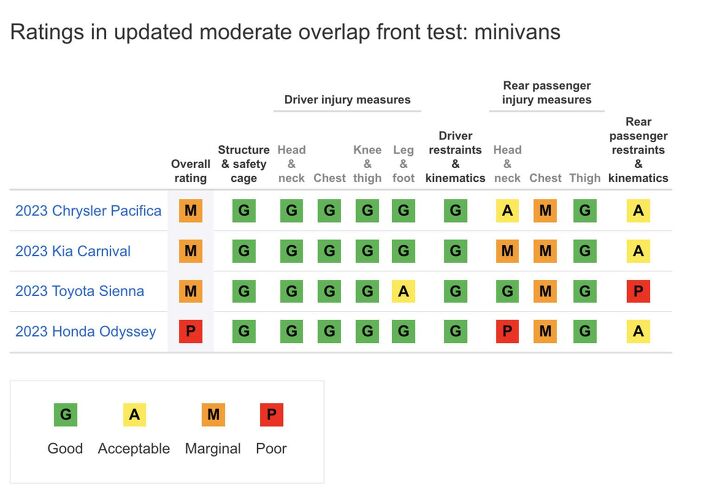











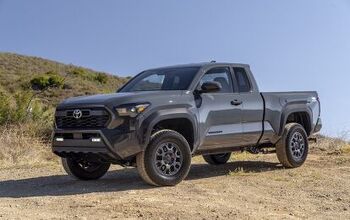
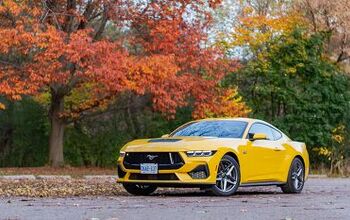





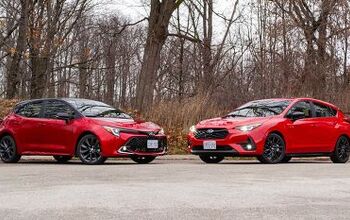


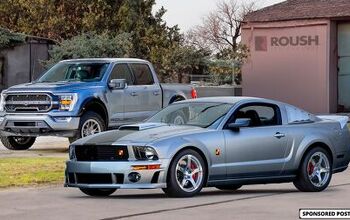

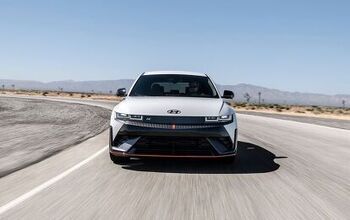
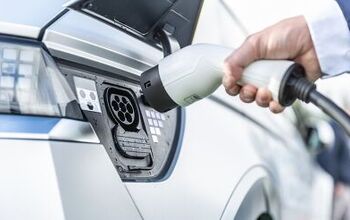



Comments
Join the conversation